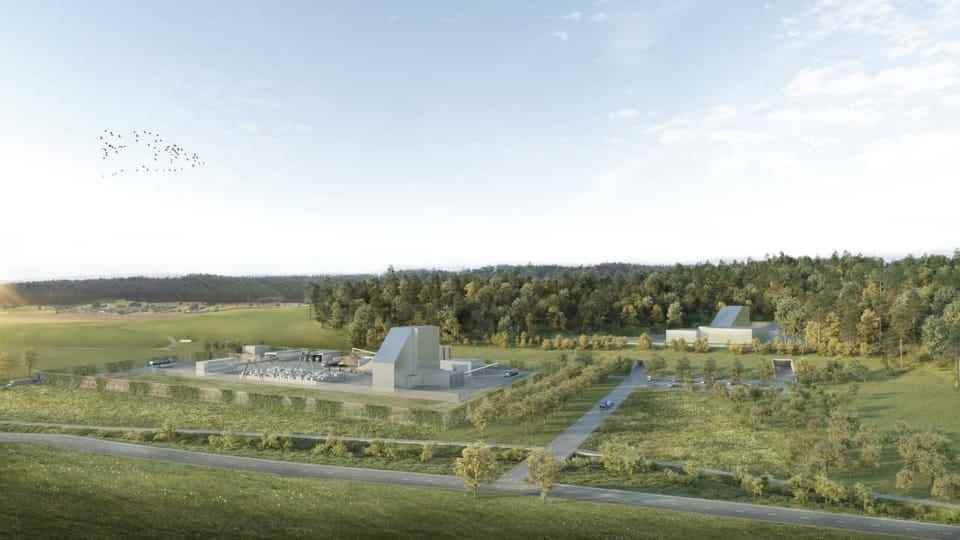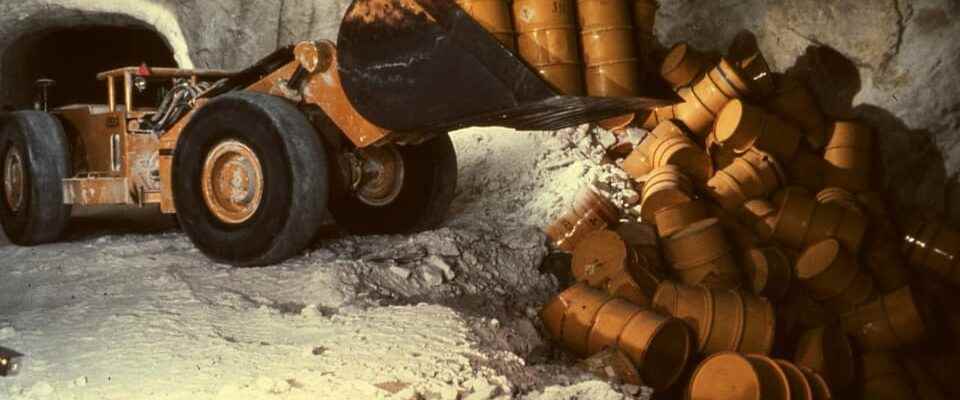contents
Everything that can go wrong went wrong in the Asse deep repository. What lessons can Switzerland learn from this case?
In Asse, Lower Saxony, specialists struggle every day with the consequences of wrong decisions made around 50 years ago. Back then, excavators dumped barrels full of radioactive waste into the depths of the former mine.
But the old salt chambers are brittle and soon water penetrates. Because the barrels were to remain there forever, they were generously embedded in concrete. And now no one knows how to salvage the barrels.
Deep repository in northern Switzerland
Radioactive waste is also to be stored in the Swiss deep repository in Nördlich Lägern. But the two projects cannot be compared, emphasizes Nagra’s CEO, Matthias Braun.
“The main difference compared to Asse is that we have a selection process and that we look for the safest site specifically for radioactive waste.” It was different with Asse. There the waste was stored in an existing mine.
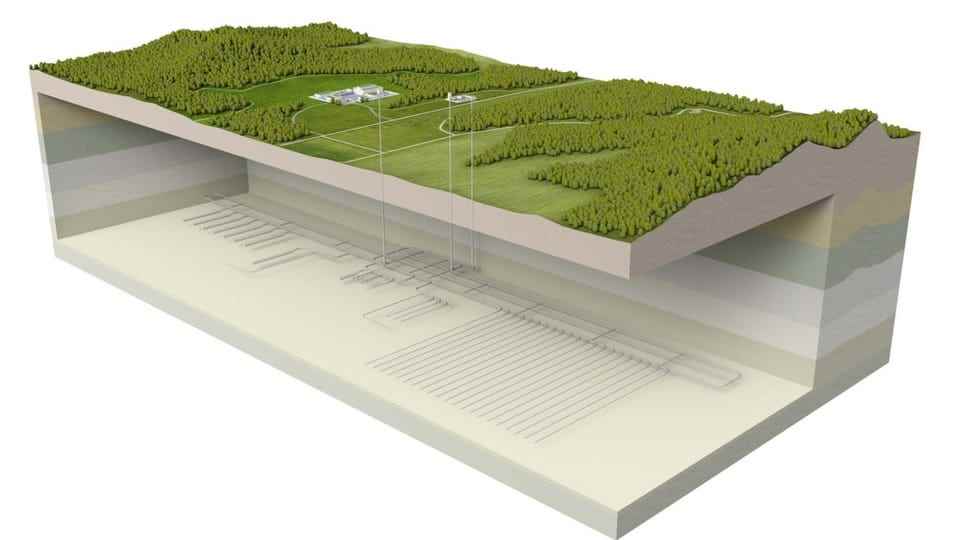
The ETH geologist Marcos Buser has been working on the topic for over 40 years and sees similarities to the Asse camp.
There are weak points in both projects, for example that there is no error culture.
“There are parallels in terms of the approach. There are weak points in both projects, for example that there is no error culture. » Question yourself and take up critical questions: According to Buser, such a culture of error is urgently needed in such a large project.
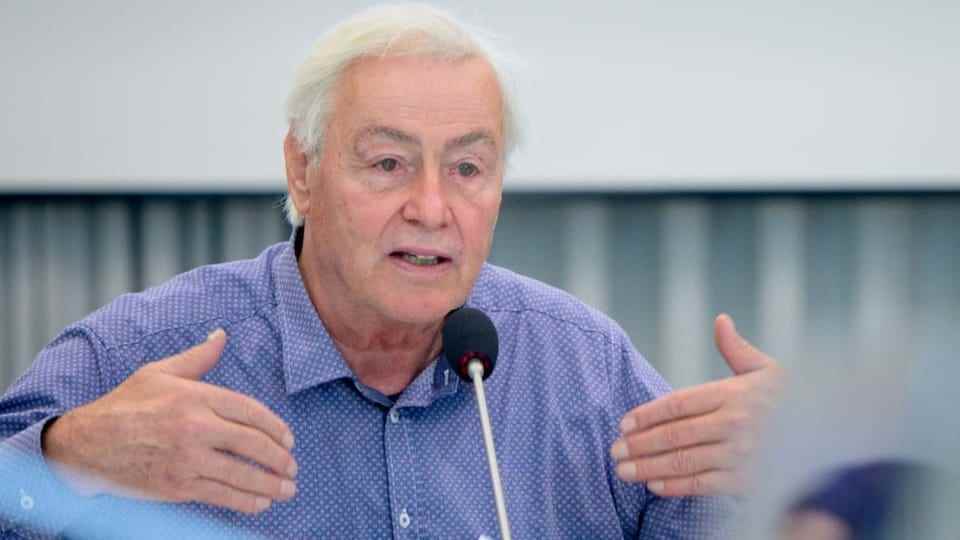
At Nagra, nobody wants to know about an inadequate error culture. There would be many quality checks and experts checking Nagra’s work – before the authorities take over their supervisory function.
retrievability planning
In Asse, experts pointed out early on that the mine was unsuitable for a nuclear repository. But the concerns went unnoticed. The Swiss Energy Foundation, which is critical of nuclear power, demands that it is important to determine in advance which criteria will lead to a project being aborted.
It’s about dealing with problems and mistakes. What exactly do you do when something goes wrong?
“It’s about dealing with problems and mistakes. What exactly do you do when something goes wrong?” asks Fabian Lüscher, Head of the Atomic Energy Department at the Energy Foundation. Clear criteria are needed so that, in the worst case, you can react quickly and effectively.
This criticism is met with incomprehension at Nagra. Because the criteria for canceling the project exist, these are the suitability criteria. These would be defined by the authorities, explains Braun. “If the suitability criteria are not met, there is no repository.”
If the suitability criteria are not met, there is no repository.
The Energy Foundation also demands that Nagra submit a detailed retrieval concept. This would ensure that in the event of a problem, the nuclear waste can be recovered.
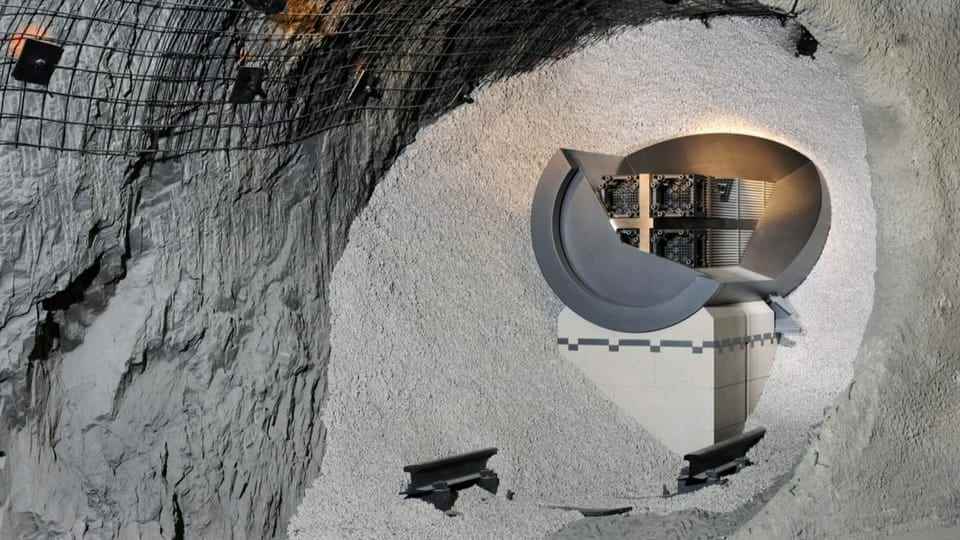
Storage from 2050
According to Nagra, retrievability is only important when radioactive waste is actually deposited in the repository. And that won’t happen until 2050 at the earliest. “If you think about the advances in technology and science that will happen, then I would say we’re early,” says Braun.
Fabian Lüscher sees it differently: “It’s clear that it’s not enough to simply say: until the warehouse is closed, we can still get the stuff back somehow.”
Geologist Buser, on the other hand, believes retrieval will always be possible thanks to future technologies.
Nagra will submit its application for the repository by 2024, together with a concept for retrieval.
